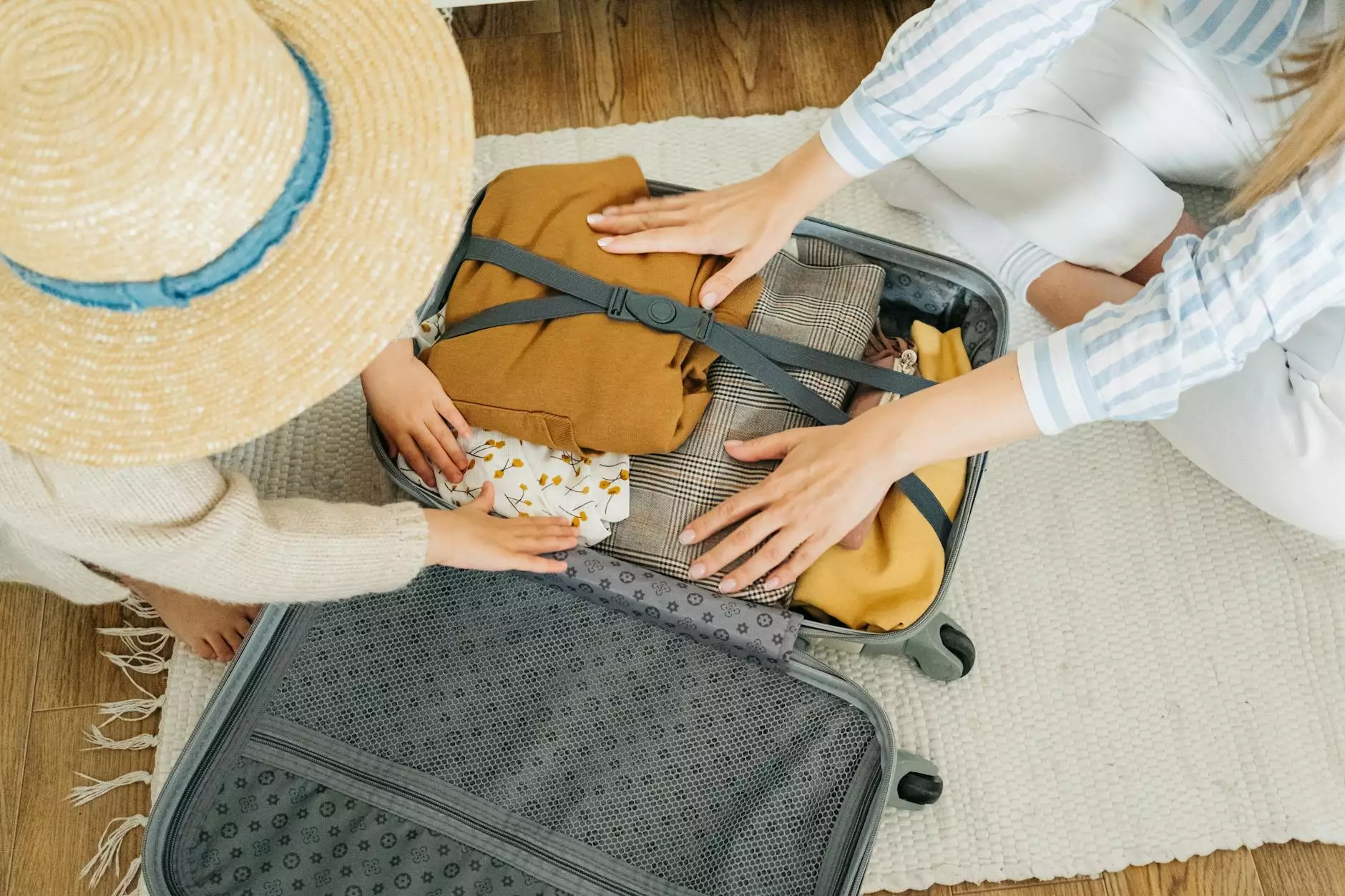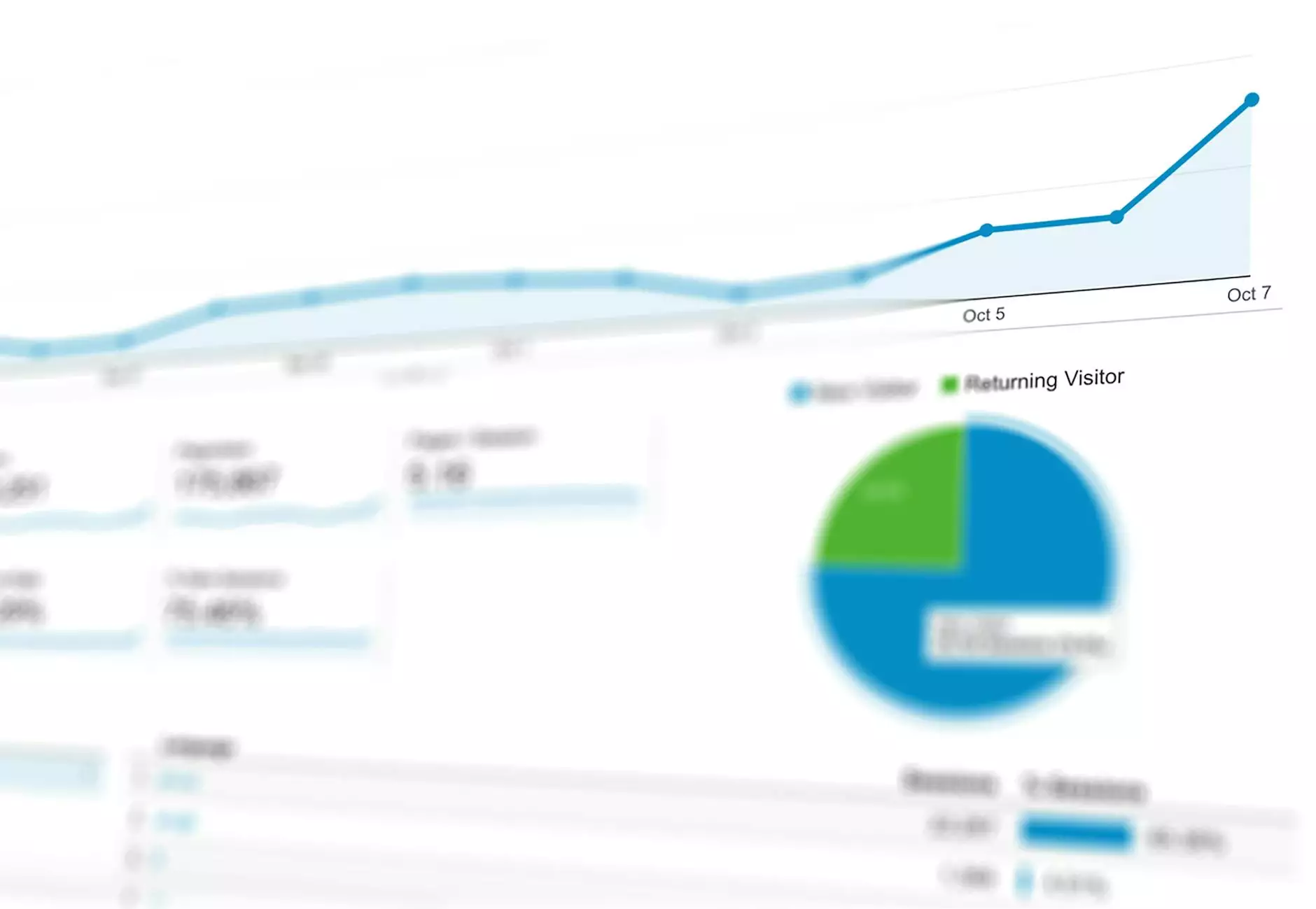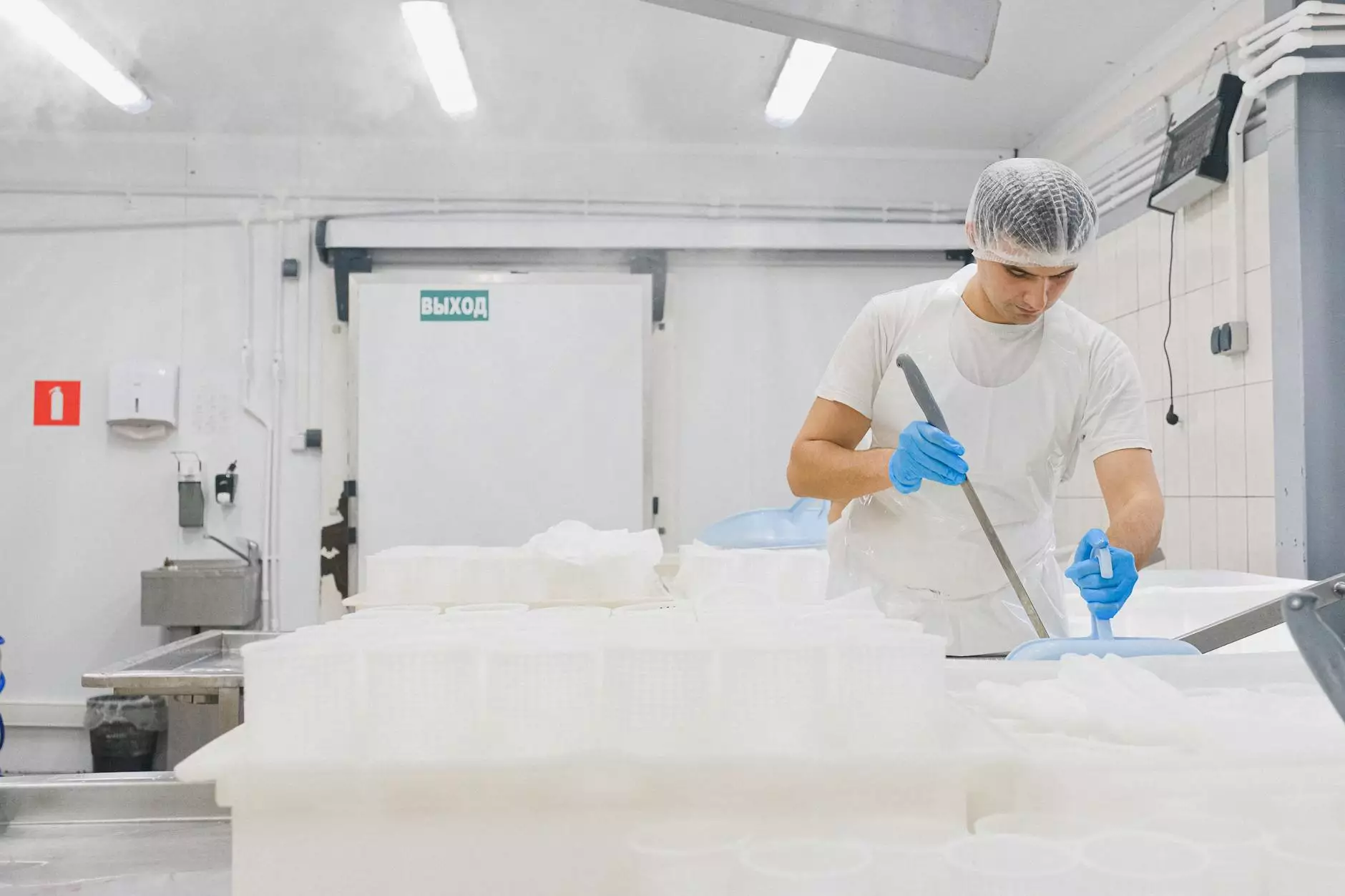The Ultimate Event Photography Equipment Checklist

Event photography presents an exciting opportunity to capture moments that will be cherished for a lifetime. Whether you're shooting a wedding, a corporate event, or a birthday party, having the right equipment is crucial for your success. This article aims to provide you with a comprehensive event photography equipment checklist that covers everything you need to know to make your next event a memorable one.
1. Understanding the Basics of Event Photography
Before diving into the equipment specifics, it's essential to understand the fundamentals of event photography. This genre requires not only technical skills but also an intuitive approach to capturing moments as they unfold. Knowing your audience and the nature of the event will guide your equipment choices.
2. Essential Camera Gear
The heart of any photographer's kit is their camera. Here’s what you should consider for your event photography equipment checklist:
2.1 Camera Body
A reliable camera body is non-negotiable. Most professionals prefer a DSLR or mirrorless camera with high image quality. Look for a camera that offers:
- Fast autofocus: Essential for capturing moving subjects.
- High ISO performance: Great for low-light environments typical in events.
- Durable build: You want something that can handle various environments.
2.2 Lenses
The right lens can make all the difference in your photography. Consider having a variety of lenses to suit different scenarios:
- Standard zoom lens (24-70mm): Versatile for general shooting.
- Prime lens (50mm or 85mm): Excellent for portraits with beautiful bokeh.
- Wide-angle lens (16-35mm): Perfect for capturing large groups or tight spaces.
2.3 Tripod and Monopod
A sturdy tripod is indispensable for long exposure shots, while a monopod can provide mobility during crowded events. Choose equipment that balances stability with portability.
3. Lighting Equipment
Lighting can make or break your event photography. Here’s what you should include in your event photography equipment checklist:
3.1 On-Camera Flash
An on-camera flash or speedlight helps when the lighting is inadequate. Look for features such as tilt and swivel to control the light direction.
3.2 External Flash Units
Having a few additional flash units allows for greater flexibility and creativity during your shoots. Consider off-camera flash setups for more professional results.
3.3 Continuous Lighting
If you’re covering an indoor event, continuous lights can help create consistent lighting throughout the shoot.
4. Audio Equipment
For events that involve speeches, toasts, or live performances, capturing clear audio should be part of your planning. Here’s what to include:
4.1 External Microphone
Invest in a high-quality external microphone that connects to your camera or recording device for better sound quality.
4.2 Audio Recorder
A dedicated audio recorder is useful for capturing interviews or speeches without the limitations of your camera’s built-in mic.
5. Accessories to Enhance Your Photography
In addition to primary gear, there are numerous accessories that can enhance your photography:
5.1 Memory Cards
Always carry extra memory cards. Events can last longer than expected, and having sufficient storage is crucial.
5.2 Batteries
Bring multiple batteries and ensure they are all fully charged. Running out of power in the middle of an event can lead to missed moments.
5.3 Lens Cleaning Kit
Dust and smudges can compromise image quality, so always have a lens cleaning cloth and brush on hand.
6. Post-Production Software
If you're serious about event photography, consider investing time in post-production. Software like Adobe Lightroom and Photoshop can help refine your images significantly.
6.1 Editing for Color and Light
Learn how to adjust white balance, exposure, and colors to enhance the mood of your photographs.
6.2 Organizing Your Workflow
Efficiency is key. Develop a systematic workflow for importing, editing, and archiving your photos.
7. Planning for Different Types of Events
Your event photography equipment checklist might vary depending on the type of event. Here are some considerations:
7.1 Weddings
Brides and grooms expect detailed coverage. Ensure you have:
- Multiple lenses: For capturing everything from wide shots to intimate moments.
- Backup gear: Always come prepared in case of equipment failure.
7.2 Corporate Events
Corporate events often require a focus on branding. Your checklist should include:
- Brand-specific backdrops: Capture the company's image effectively.
- Group portrait setups: Be ready to capture team photos efficiently.
7.3 Parties and Social Events
For casual social events, flexibility is key. You’ll need:
- Portable lighting: To adapt to varied lighting conditions quickly.
- Fun props: Adding an element of fun can enhance the experience for guests.
8. Professional Considerations
In addition to gear, managing your business effectively is crucial for success in event photography. Here are some tips:
8.1 Create a Portfolio
A well-curated portfolio showcasing your best work can attract clients and demonstrate your style.
8.2 Market Your Services
Utilize social media, your website (like mortonvisuals.com), and local advertising to reach potential clients.
8.3 Networking
Attend local events, join photography groups, and collaborate with other professionals to build relationships that can lead to referrals.
9. Final Tips for Success
To ensure you excel in event photography, keep these final tips in mind:
- Stay organized: Keep your equipment sorted and clean to avoid confusion on the day of the event.
- Be adaptable: Events are unpredictable; be ready to think on your feet.
- Practice: The more events you shoot, the more experienced and confident you will become.
Conclusion
With the right knowledge and resources, you can ensure that your events are captured wonderfully. This comprehensive event photography equipment checklist serves as a guide to equip yourself for any occasion. Invest in quality gear, understand your environment, and continually adapt your approach to meet the unique challenges of each event. Happy shooting!









